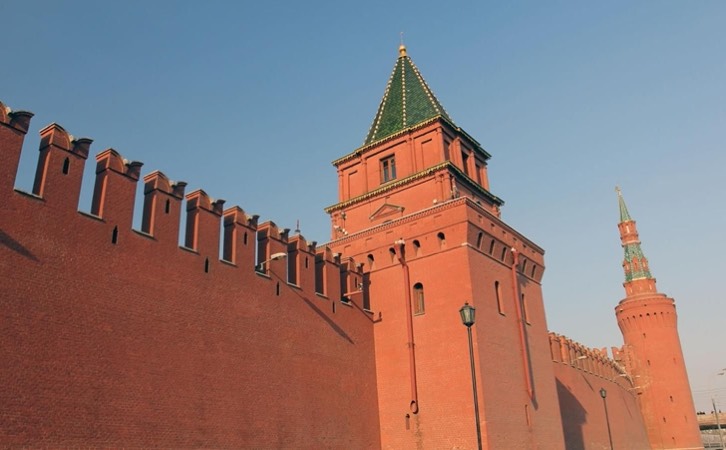Petrovskaya Tower of the Moscow Kremlin
In the Middle Ages, throwing equipment was replaced by cannons, which in a fairly short time became the main weapon for the effective destruction of fortress walls. As a result, the walls of fortresses throughout Europe began to be built in such a way that the towers were evenly located along their entire perimeter, while the distance between them directly depended on the range artillery weapons.
In places where the walls were most endangered, defensive towers were built more closely. The Moscow Kremlin was no exception: at the end of the 15th century, on its southern section between [Beklemishevskaya] (https://kudago.com/msk/place/beklemishevskaya-bashnya-moskvoreckaya/) and [Tainitskaya] ( https://kudago.com/msk/place/tajnickaya-bashnya/), three more defensive towers were erected with towers at a relatively short distance from each other. One of them was named Petrovskaya in honor of the Church of Metropolitan Peter.
The first time the tower came under artillery fire was in 1612 and was almost completely destroyed. However, soon the structure was restored with some changes — its quadrangular volume was supplemented with false hinged loopholes. At the end of the 17th century, construction work was again carried out in the tower to superstructure the upper part, which consisted of adding two new quadrangles and a low tent. The building underwent the next architectural changes a hundred years later — in connection with the construction of the Grand Kremlin Palace, the tower was dismantled, and after a while it was rebuilt again.
Address
nab. Kremlyovskaya
Address
nab. Kremlyovskaya
Address
nab. Kremlyovskaya
Website
Petrovskaya Tower of the Moscow Kremlin
Website
Petrovskaya Tower of the Moscow Kremlin
Website
Petrovskaya Tower of the Moscow Kremlin
Source
https://kudago.com/msk/place/petrovskaya-bashnya-kremlya/
Source
https://kudago.com/msk/place/petrovskaya-bashnya-kremlya/
Source
https://kudago.com/msk/place/petrovskaya-bashnya-kremlya/


